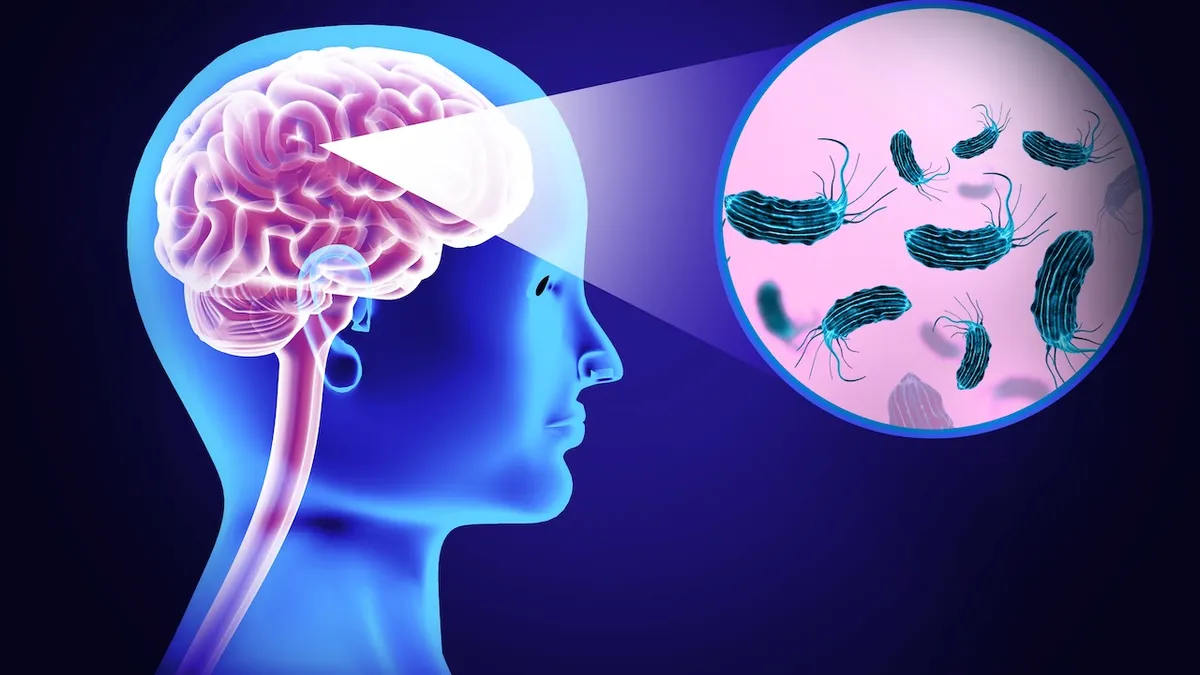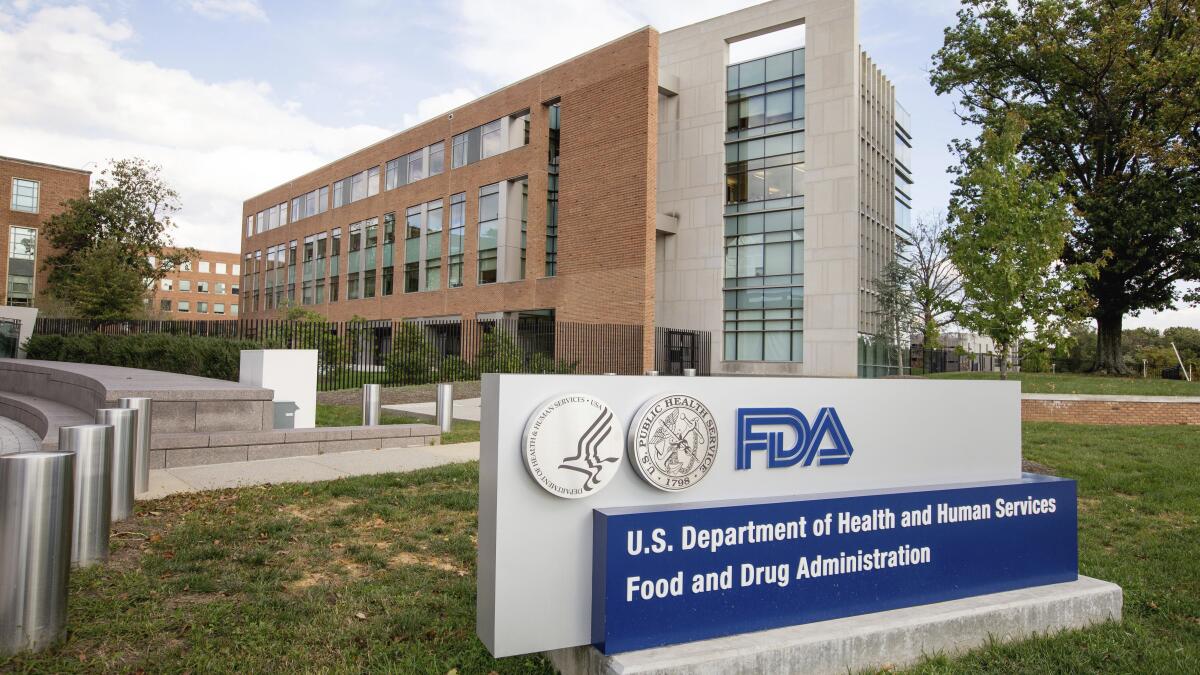
The frightening reality of brain-eating amoeba, scientifically known as Naegleria fowleri, has gained increased attention due to its devastating impact on human health. While rare, this deadly microorganism lurks in warm freshwater bodies such as lakes, hot springs, and inadequately chlorinated swimming pools. Its ability to cause fatal brain infections makes early detection and prompt medical intervention crucial. Understanding the initial symptoms allows individuals to seek immediate medical attention, potentially saving lives. In this article, we will explore the first symptoms of brain-eating amoeba that you must never ignore, based on recent cases and expert insights.
Understanding the Threat of Naegleria Fowleri
Naegleria fowleri is a free-living amoeba that invades the human body through the nasal passages when individuals engage in water-related activities in contaminated waters. Once inside, it travels to the brain, causing a rapid and severe brain infection called Primary Amebic Meningoencephalitis (PAM). The infection progresses swiftly, often leading to death within a few days to weeks after initial symptoms appear. Despite its rarity, the high fatality rate — over 97% — emphasizes the importance of awareness and early warning signs.
Initial Symptoms of Brain-Eating Amoeba Infection
The early stage of a Naegleria fowleri infection can be deceptively mild, often resembling common ailments such as the flu or a severe headache. Recognizing these signs promptly can make all the difference. Here are the first symptoms you should never ignore:
1. Severe Headache
The most common early sign is an intense headache that often feels unlike any headache experienced before. This headache is usually persistent and unrelenting, often localized around the forehead or temples. If you notice a sudden onset of a severe headache after swimming or water exposure, it’s a red flag that warrants immediate attention.
2. Fever
As the infection progresses, it often triggers a fever that may be mild or high-grade. The fever is typically accompanied by chills and a general feeling of malaise. This symptom, in combination with headache, can be an early pointer to a serious infection.
3. Nausea and Vomiting
Alongside headache and fever, you might experience gastrointestinal symptoms like nausea or vomiting. These symptoms could be mistaken for other illnesses initially, but their sudden appearance post water activity should raise suspicion.
4. Neck Stiffness
Stiffness and pain in the neck, similar to meningitis, may occur early in the infection. This neck rigidity is a sign of inflammation in the brain’s lining and should never be ignored, especially if linked with recent water exposure.
5. Altered Mental State
Changes in mental status such as confusion, disorientation, or hallucinations can occur early or as the disease progresses. Any mental confusion following water activities is a serious warning sign requiring urgent medical assessment.
Signs That Signal the Need for Urgent Medical Consultation
If you notice any of the above symptoms, particularly after swimming in freshwater bodies or in hot springs, seek medical help immediately. Early diagnosis is critical because the progression of Naegleria fowleri infection is rapid, and timely treatment can potentially save lives. Diagnostic tests such as cerebrospinal fluid analysis or brain imaging can confirm the presence of infection.
Prevention: The Best Approach
While awareness of symptoms is vital, prevention remains the most effective strategy against Naegleria fowleri. Here are practical measures:
- Avoid swimming in warm freshwater lakes or hot springs, especially during high temperatures.
- Use nose clips or avoid submerging your head under water during water activities.
- Ensure proper chlorination and hygiene protocols in swimming pools and water parks.
- Do not disturb or drink untreated water from natural water sources.
What To Do If You Suspect Infection
If symptoms emerge within a week after water exposure, consult a healthcare professional without delay. Diagnosis might be challenging initially, but early medical intervention is critical. Treatments such as Amphotericin B, a potent antifungal medication, have shown some success in rare cases, especially when administered early. However, the prognosis remains poor if diagnosis is delayed.
Recent Cases and Their Lessons
A recent case in the US highlighted the importance of vigilance. The individual experienced severe headaches and nausea following a swimming trip in a warm freshwater lake. Recognizing the symptoms early and seeking immediate medical attention resulted in a timely diagnosis and treatment, ultimately saving the patient’s life. Cases like these underscore that awareness and prompt action are the best defenses against this deadly microorganism.
Conclusion
The danger of brain-eating amoeba is real but preventable. Understanding and recognizing the first symptoms — such as severe headache, fever, neck stiffness, nausea, and altered mental state — can be life-saving. If you have engaged in water activities in natural freshwater sources and experience these symptoms, do not delay seeking medical help. Education and early intervention are your strongest tools against this deadly threat.
Stay vigilant and informed to protect yourself and your loved ones from the potentially devastating effects of Naegleria fowleri. Remember, early detection saves lives.
For more updated news please keep visiting Prime News World.








